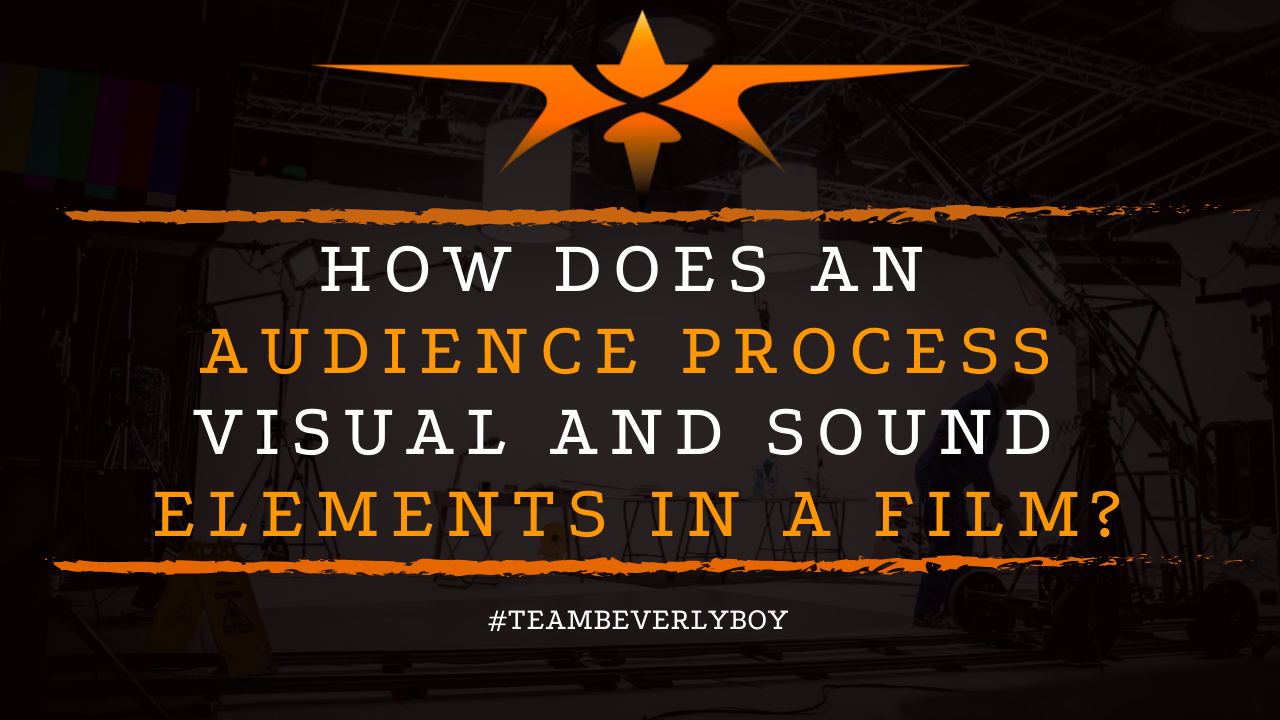
How Does an Audience Process Visual and Sound Elements in a Film?
The use of visuals and sound paired together on screen has the power to evoke strong emotional responses and deep connections among the audience. Although audience perception and processing of film elements can vary greatly based on many different factors. The emphasis between what’s visible on screen and what the audience hears can have a dramatic impact on how the audience responds to the film. But how does an audience process visual and sound elements in a film?

Audience sensory receptions largely draw on the visuals and sound of a film. It is through visuals and sounds that the audience becomes immersed in the story. As if they are actually part of the situation that’s unfolding on the screen.
It is this very connection to the senses that has the audience helping characters to make their decisions. Yelling at the screen when mistakes are made. And having a feeling so deeply on an emotional level to what’s occurring on the screen.
But how does an audience process visual and sound elements in a film to get to this point?
Processing Visual Elements in a Film
Visual elements are easily differentiated from the sound elements of a film. So that the audience can quickly process what they’re seeing. It is through these visuals that the audience is sutured into the film and thus feels deeply connected with the story.
As if they are within the same “world” in which the story is taking place. Filmmakers use a variety of visual elements, including camera movements and shots which physically put the audience in the movie.
Sensory Processing
Studies show that 95% of sensory processing take place when enjoying a film that is made up of visuals and sound. But how does an audience process visual and sound elements in a film?
The audience is processing the visual elements that are delivered through camera movements, shot sequences, and individual characteristics of the plot and setting that are delivered visibly on the screen.
Traits which define characters and their emotions are produced for the audience. Through unique makeup, wardrobe, and various other visible elements within the scene.
The audience processes visual elements in a film by connecting through physical, emotional, and moral suturing which takes place throughout the film.
Processing Sound Elements in a Film
Audiences process sound elements in a film in various ways. Sound creates the atmosphere, underlying tone, and context of the film.
The audience will process the sounds to help them connect with the film. And relate with various elements within the story. To establish a strong understanding or connection to the imaginary world that the filmmaker has constructed.
Audiences process a variety of sounds when watching a film. There’s subtle background sounds and ambient noise. Which one uses to build depth and strong representation of the area in which the film is taking place.
There’s dialogue and there’s various sound effects such as Foley and other incorporations of sound into the movie. The audience processes all of the sounds to establish a connection to the story.
The Takeaway
So how does an audience process visual and sound elements in a film? The audience processes the visuals and film sounds in a variety of ways establishing a connection and stronger recognition of when, where, and how the story takes place.
Through sound and visuals, the audience feels deeply connected to the story.


